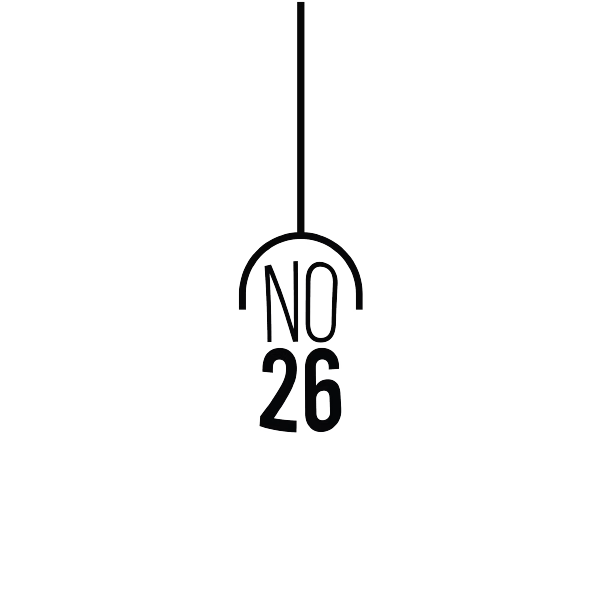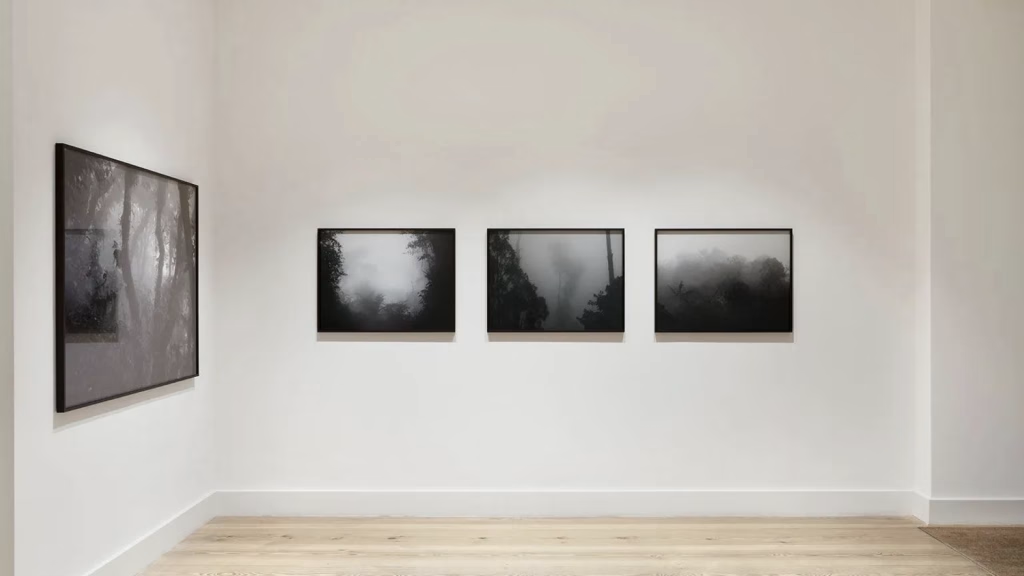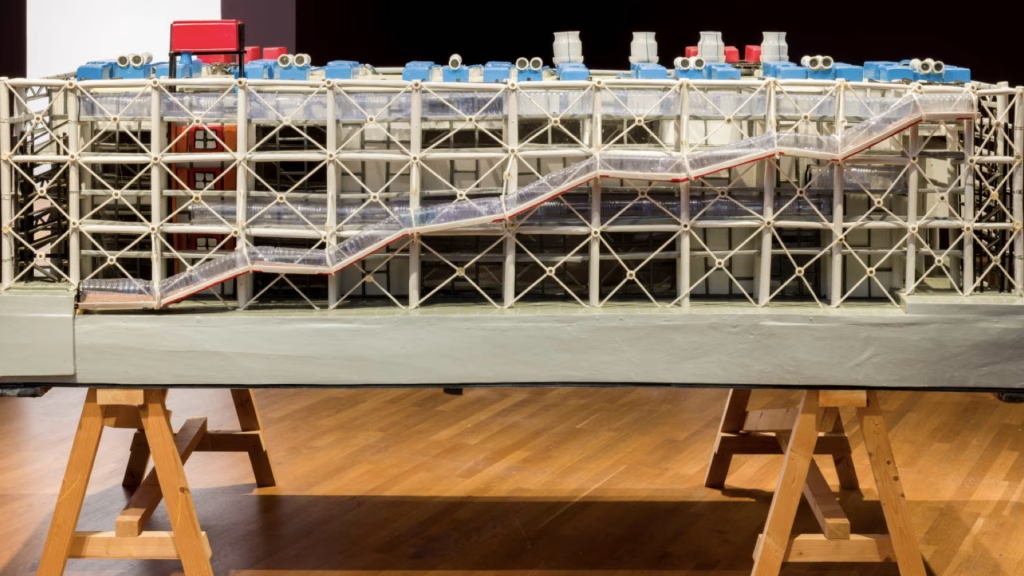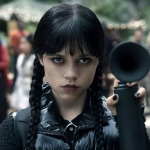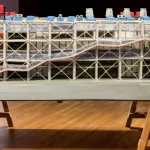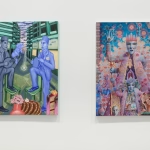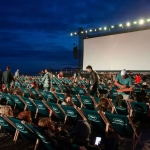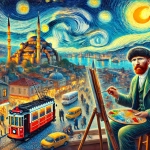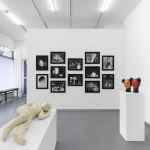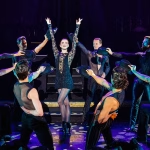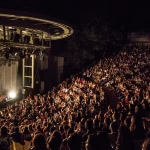Myth and Movement: An Exploration of Modern Dance
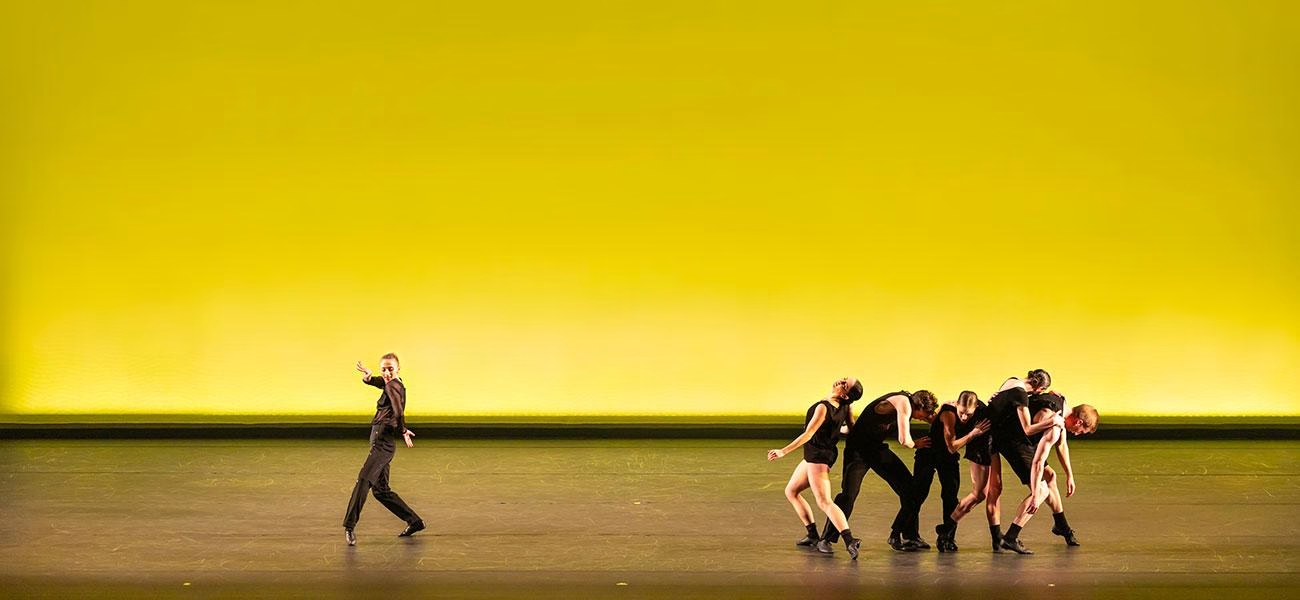
Should we view myths as widely accepted but untrue beliefs, or as traditional narratives that help us make sense of the world? In an era characterized by misinformation, political strife, and conflict, both interpretations feel increasingly relevant. This context likely inspired British choreographer Wayne McGregor to choose the theme “Myth Makers” for the 19th edition of the Venice Dance Biennale, which he has directed since 2021. The festival, held annually despite its name, features over 160 artists across 83 events, including eight world premieres and seven European premieres.
This year, the prestigious Golden Lion for lifetime achievement was awarded to Twyla Tharp. With a career that spans sixty years, the 84-year-old American choreographer has crafted an enduring legacy: since founding her own company in 1965, she has created works that range from ballets set to Beach Boys music to choreographing for the film version of Hair.
In her acceptance speech, Tharp stated, “There’s no mystery in my being here; it’s just work.” Her relentless drive has remained unwavering over the decades, extending to every aspect of her life. During a post-show discussion, she revealed that she took up boxing in her forties and achieved a personal best deadlift of 227 pounds in her fifties. Tharp expects nothing less than the same level of commitment from her dancers: “I push the people I work with to the extreme.” This rigorous approach yields stunning results, as seen in her piece Devil (1998), which opened her double bill in Venice. Clad in jazzy jumpsuits and bowties, her ten dancers exhibit exceptional physical prowess while executing rapid turns and agile leaps, ensuring that every nuance of Beethoven’s Diabelli Variations—performed live by an off-stage pianist—is captured.
While much of Devil draws from classical ballet, it incorporates elements of jazz, tap, and social dance, featuring quirky movements like digging heels and splayed fingers. The tone becomes increasingly playful as dancers cartwheel, clap, and bunny-hop over one another. Occasionally, a competitive edge emerges, with male dancers attempting to outshine each other with audacious leaps.
In contrast, the European premiere of Tharp’s Slacktide (2025) offers a more relaxed experience. Set to Philip Glass’s Amazonian Waters, it shares some elements with Devil but introduces languid, serpentine movements, less defined spatial arrangements, and moodier lighting. While Slacktide embraces a more contemporary style, it struggles to match the physical precision of its predecessor.
In contrast to Tharp’s kinetic expression, Brazilian playwright and director Carolina Bianchi emphasizes verbal over physical communication in her performance, The Brotherhood. The minimal movement makes her an unconventional recipient of the Biennale’s Silver Lion for outstanding upcoming choreographer. With dance awards still limited—Sadler’s Wells recently launched its Rose Prize to address this gap—Bianchi’s accolade prompts inquiries about how dance can remain open to multidisciplinary influences while emphasizing movement as fundamental communication.
Brotherhood, nearly four hours long, recounts the history of violence against women and serves as the second part of Bianchi’s Bitch Strength trilogy, following her own harrowing recount of assault. In this performance, she often speaks directly to the audience, providing a relentless examination of misogynistic abuse and how male solidarity perpetuates harmful behaviors. She weaves together references from mythology (the rape of Lucretia), art history (Ana Mendieta’s death), current events (Gisèle Pelicot), and various forms of media (Jan Fabre and Roman Polanski).
Visually arresting moments punctuate the performance, such as a disquieting tableau in which a group of men encircles Bianchi, engaging in unsettling behavior before splattering her with a suggestive white liquid. Surprisingly, she reports deriving pleasure from the ordeal—a jarring admission. Later, in a powerful segment, Bianchi interviews a “famous theatre director” who initially presents himself as an ally, but his moral failings gradually become apparent, encapsulating how many men sustain the illusion of enlightened masculinity despite underlying resentments.
The myth that feminist struggles are behind us is central to the work of Montreal-based choreographer Virginie Brunelle in Fables (2022). This piece presents a series of vignettes that reflect the complexities of female experience. One of the most poignant scenes features a stoic dancer subjected to caresses, crawling, and unsolicited kisses. Once she joins hands with a man, she’s thrust into a wedding dress that unfurls across the stage like turbulent waves, giving rise to a whirlwind of naked dancers as she screams from the eye of the storm—a harrowing commentary on marriage and childbirth.
UK-based duo Bullyache’s A Good Man Is Hard to Find—the festival’s international commission winner—also critiques conventional gender roles while drawing inspiration from the 2008 financial crash. In a desolate boardroom scene, male-presenting performers emerge from the wreckage of shattered glass panels, slipping back into their dusty suits. This visually striking piece juxtaposes male bravado with ritual humiliation, tackling the destructive nature of toxic masculinity. The narrative is unsettling for men, too, as one performer is forced onto all fours with a microphone, while another “beauty contest” winner ends up bloodied and draped over a table. Bold and visually compelling, A Good Man Is Hard to Find stands out as one of the Biennale’s most intriguing presentations.
While Bianchi, Brunelle, and Bullyache challenge disquieting myths, others transport audiences to alternate realities. McGregor’s world premiere of On the Other Earth—part of an exhibition at Somerset House in London this October—immerses viewers in a virtual experience, watching dancers contort against a Hong Kong skyline, disappear into voids, and even perform inversely, like bats suspended from the ceiling.
The technology produces limbs and particles that feel so vibrant you may instinctively flinch as they seem to threaten your personal space. At times, it creates the sensation of being hurled through outer space, even while standing still. This capability for immersive choreography opens exciting possibilities for the future.
Conversely, the European premieres of 16 and 17—the latest in Beijing-based Tao Dance Theater’s series—invite audiences into the hypnotic realm of movement simplicity. The first piece shines as performers weave around the stage in a mesmerizing line, embodying a serpentine figure reminiscent of the mobile game Snake. Their continuous, undulating motions become especially captivating when the formation doubles back on itself, creating a kaleidoscopic visual experience.
Songs of the Bulbul, choreographed by Delhi’s Rani Khanam and performed by British Asian dancer Aakash Odedra, is the only piece at the Biennale’s opening week to draw from a well-known myth: the Sufi story of nightingales imprisoned for their hauntingly beautiful, final songs.
Though the dramatic score evokes a Bollywood epic’s sentimentality, Odedra’s performance—a blend of classical Indian dance styles like kathak and Sufism—is nothing short of remarkable. He initially moves freely, deftly leaping across the stage while executing intricate, rapid gestures, leaving trails of red rose petals with his flowing white skirt. This opulence symbolizes hope even in darkness: “I translate pain into beauty,” Odedra remarked after the performance.
As his movements grow increasingly constrained, Odedra reinterprets familiar choreography with newfound weight and vulnerability. Yet his resolve remains unbroken, with piercing gazes and foot-stomping gestures reflecting a strength and resilience emblematic of all the artists at the Biennale. Together, they keep the mythology of art alive.
Emily May is a Berlin-based writer and editor specializing in dance and performance. She contributes to publications including Dance Magazine, ArtReview, Frieze, and The Stage.
